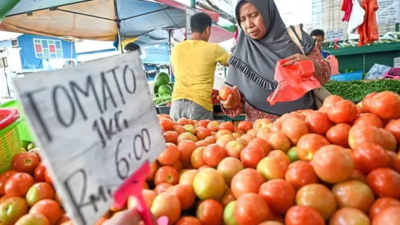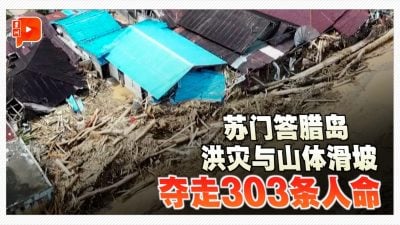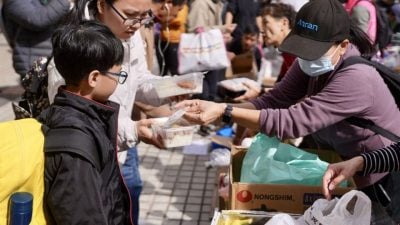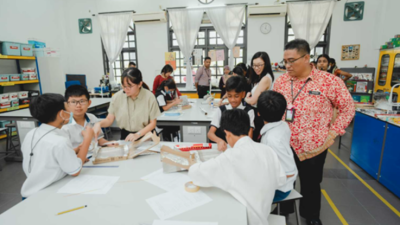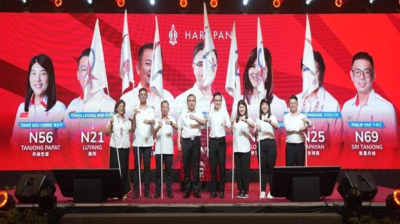
Seven years ago, when I first told my family I was considering taking the Greater Jakarta Commuter Line (KRL) regularly for work, I was met with blank stares and concerned smiles.
Their concerns were shaped by lived experiences in the old days, with horror stories like roof-riding commuters falling off during sudden braking or having to share space with livestock in an air conditioning-less car.
But those old days are long gone. Jakarta’s various public transportation systems, including the KRL, TransJakarta bus rapid transit (BRT) system, Jakarta MRT and Jakarta LRT, now offer convenient travel, shuttling entire neighbourhoods to offices, businesses and schools across the metropolitan area.
Is Jakarta well on its way to having sustainable transportation? What makes transportation sustainable exactly?
Over iced tea in a busy Central Jakarta café a few weeks ago, the CEO of the Institute for Transportation & Development Policy (ITDP), Heather Thompson, told me that environmental impact lies at the heart of it.
Thompson, who experienced Jakarta’s dubious public transportation quality in the 90s herself, explained that as the transportation sector is one of the fastest growing sources of greenhouse gas (GHG) emissions, the move from private vehicles to public transportation is paramount, followed later by electrification to reduce remaining fossil fuel consumption.
Even Jakarta’s ubiquitous ojek (motorcycle taxi)?
“They are considered public transportation because they are a shared form of transportation, and that’s better than a private vehicle. It’s good that it’s a public form of transportation, yet it’s not as good as true public transportation, which is something that is built, managed and supported by the government,” she explained.
Gonggomtua Sitanggang, ITDP’s Southeast Asia director, said a recent survey by the institute found that the average distance travelled using ride-hailing services is only between five and 10 kilometres. This distance, he continued, could instead be covered with a feeder system linked to existing BRT or MRT stations.
Still, Thompson conceded that there will always be those who, like my family, will always desire a car in their driveway.
In a sustainable system, they can be accommodated, but only with higher associated costs that could be used to subsidise and invest in public transportation, such as expensive road taxes and electronic road pricing (ERP) zoning in the style of London’s ultra-low emission zone (ULEZ).
But beyond the system itself, pedestrians should also be prioritised. The New York Times once dubbed Jakarta “the city where nobody wants to walk”, and it’s easy to see why.
Outside glitzy CBDs and affluent precincts, sidewalks in Jakarta can be hit-or-miss.
My route from the office in Palmerah to the station is an obstacle course of uneven bricks, fruit stalls and the odd parked vehicle or two. Worse, some motorcyclists take to the walkway to try to shave five seconds off their travel time, making the trek even more unattractive.
According to Thompson though, some elements like street vendors can still coexist with pedestrians, while parking can be moved to off-street parking structures.
Maintaining safe sidewalks should be prioritised, while the addition of trees to create shade can help create a more comfortable walking experience, ideally within a compact city where daily essential services can be reached by foot traffic instead of automobiles.
She envisioned a future Jakarta with lush tree-lined streets, with street parking and heavy traffic replaced by more integrated public transportation options.
Gonggomtua, meanwhile, offered his view that the more a city’s denizens are willing to walk and use public transportation, the more it reflects a truly global, liveable city.
It’s a lofty vision for sure. As I step out of the café to greet the afternoon traffic again, I suppose it’s something worth navigating Palmerah’s sidewalks for.
ADVERTISEMENT
ADVERTISEMENT







